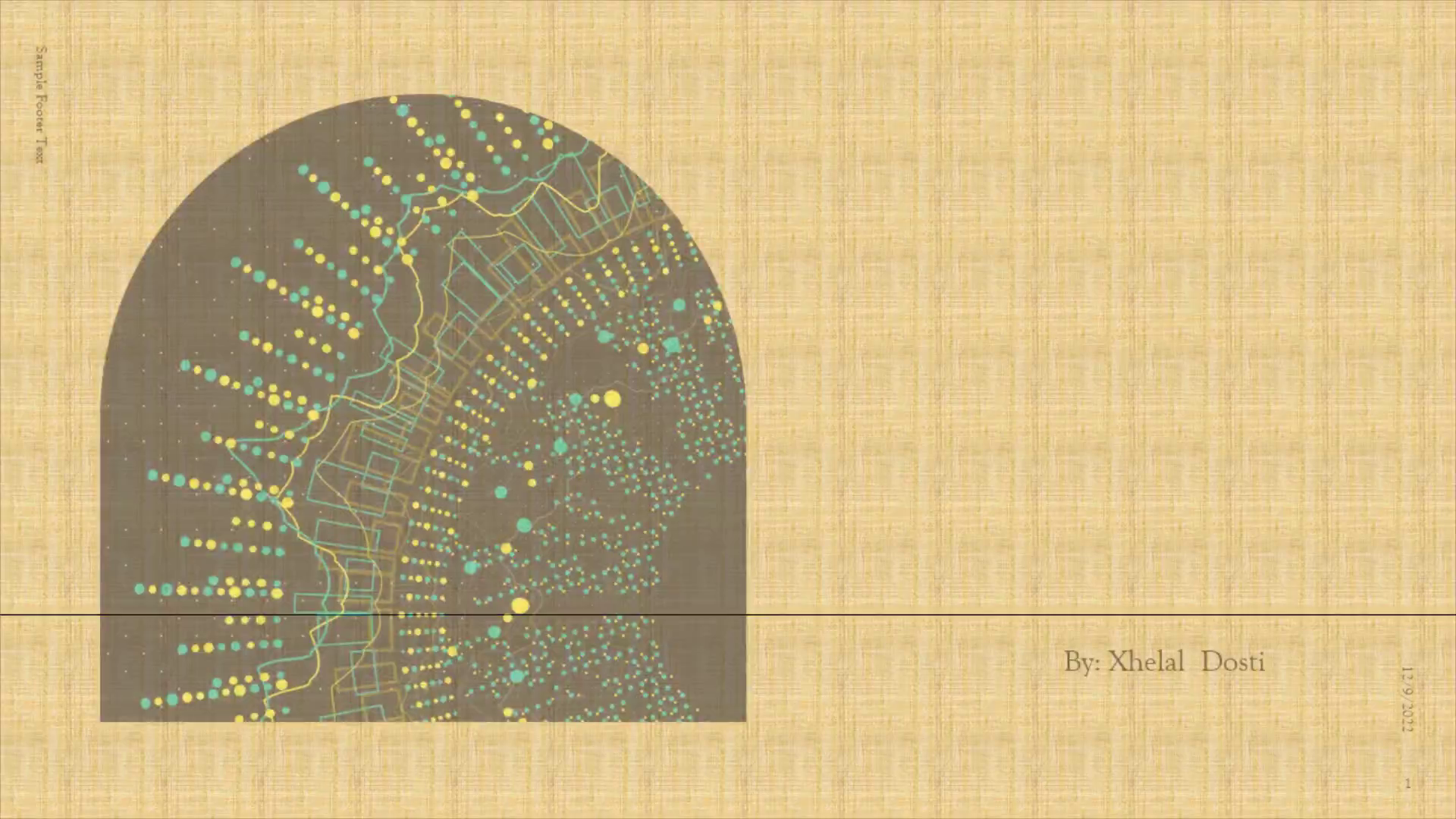
Page 1 (0s)
[Audio] HI THERE , Today, I'm going to talk about Magnetic Resonance Imaging or MRI.
Page 2 (13s)
[Audio] MRI was first discovered in 1947 by two physicysts: Felix Bloch and Edwaed Mills Purcell. The first clinical imagens were obtained in 1977.
Page 3 (29s)
[Audio] MRI uses magnetic field and radio frequencies, rather than ionizing radiation used in X-Ray and CT..
Page 4 (38s)
[Audio] The magnetic field strength of an MRI machine is measured in Tesla. The majority of MRI systems in clinical practice are 1.5 or 3T. They produce an extremely strong magnetic field up to 50000 times of earth magnetic field. This would be able to pick up a car..
Page 5 (1m 1s)
[Audio] The Body is made of 70 percent water. MRI relies on the magnetic properties of a hydrogen to produce images..
Page 6 (1m 11s)
[Audio] H nucleus is composed of a single proton with no neutrons. As a single charged particle this produces a magnetic field called a magnetic moment..
Page 7 (1m 24s)
[Audio] Normally the protons are orientated randomly, so there is no overall magnetic field.
Page 8 (1m 35s)
[Audio] The components of the MRI system include the primary magnet, Gradient magnets, Radio frequency coils and the computer systems..
Page 9 (1m 47s)
[Audio] The primary magnetic field referred to the strength of the static permanent field. Hydrogens atoms align parallel or antiparallel to the primary field B0. This is called longitudinal magnetization.
Page 10 (2m 3s)
[Audio] The protons spin around the long axis and is called precession. When protons process together, this is known as in phase When protons process separately, this is known as out of phase.
Page 11 (2m 19s)
[Audio] The main function of a gradient coil is to spatially modulate the main magnet field in a predictable way, which allows spatial encoding of the MRI signal The arrangements of gradient coils give MRI the capacity to image directionally along the z, x and y axis.
Page 12 (2m 38s)
[Audio] RF Coils are used for transmitting the radiofrequency and receiving signals in MRI. Their primary task is to produce the Radio Frequency pulses that cause protons to absorb photons of energy and therefore result in proton spin flips.
Page 13 (2m 56s)
[Audio] The computer system receives the RF signal and performs an analog to digital conversion. The digital signal representing the image body part is stored in the temporary image space or case space. The case space throws digital MR signals during data accusation. The digital signal is then sent to image processor where a mathematical formula called Fourier Transformation is applied and the image of the MRI scan is displayed on a monitor.